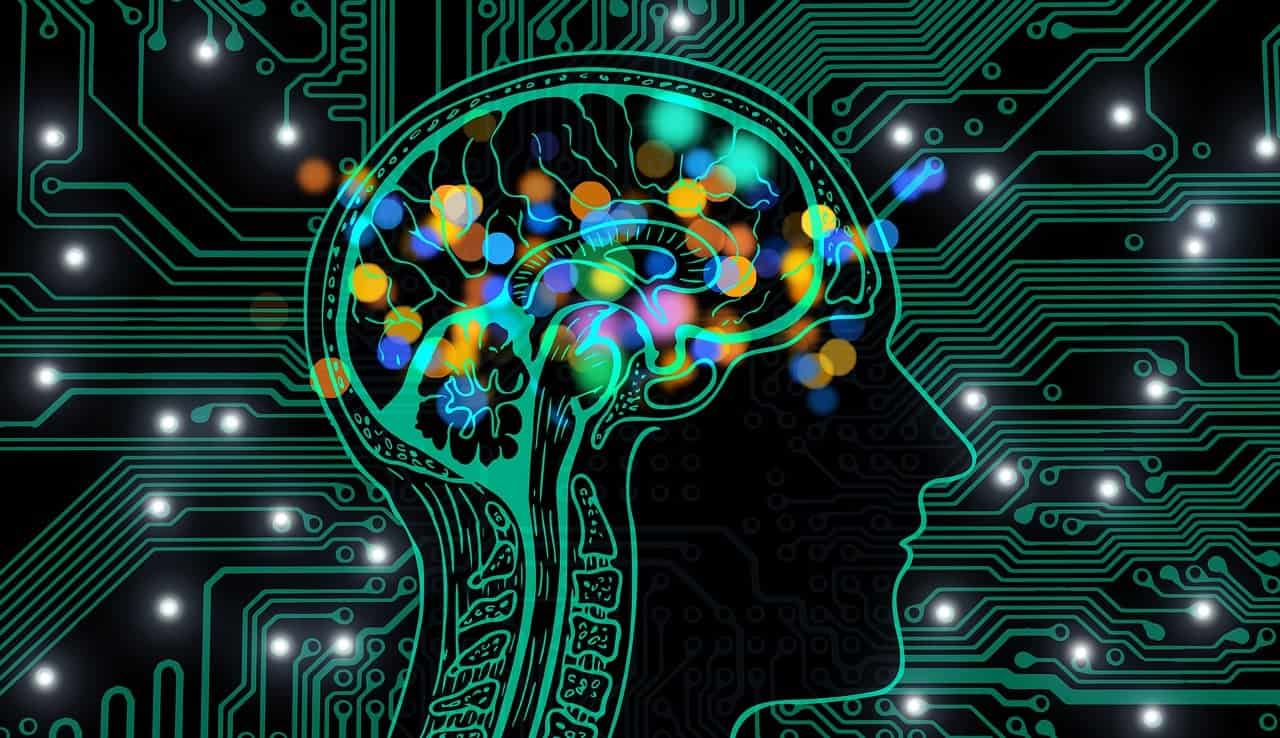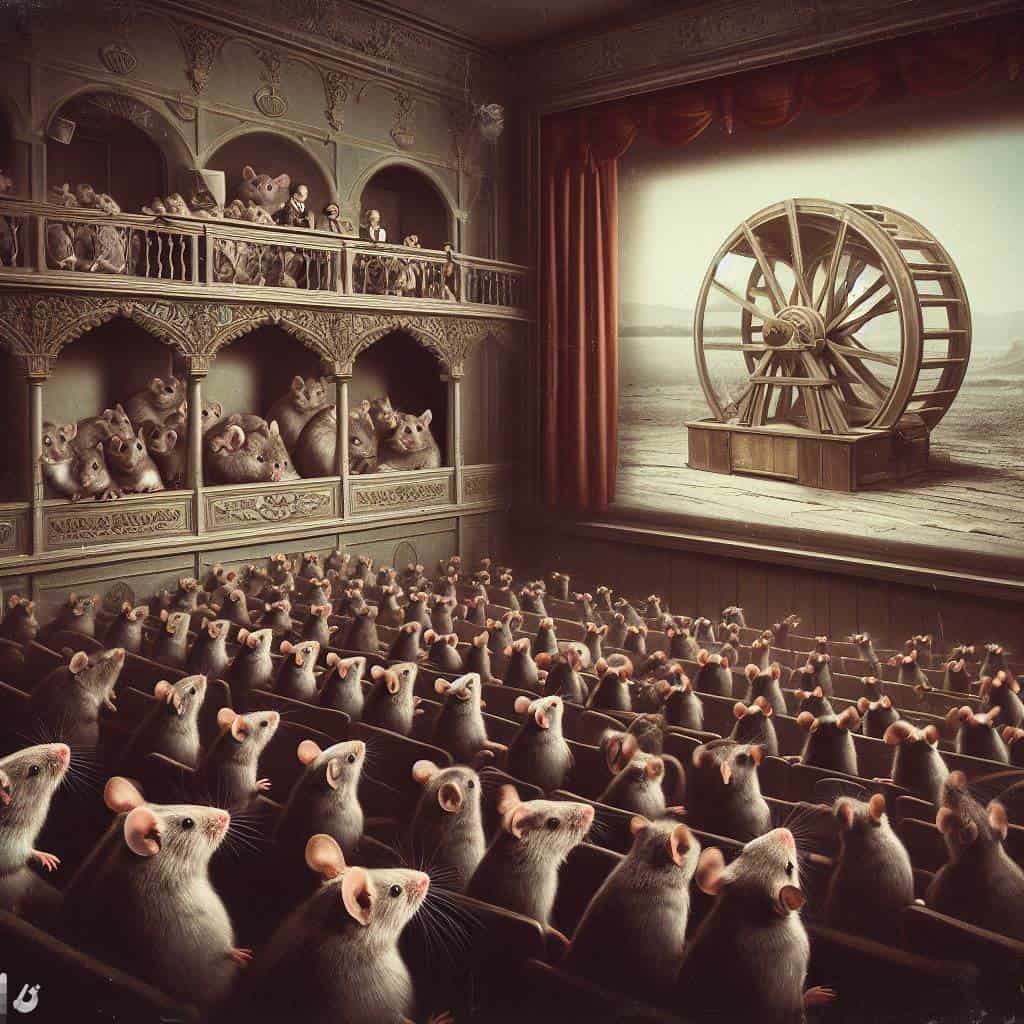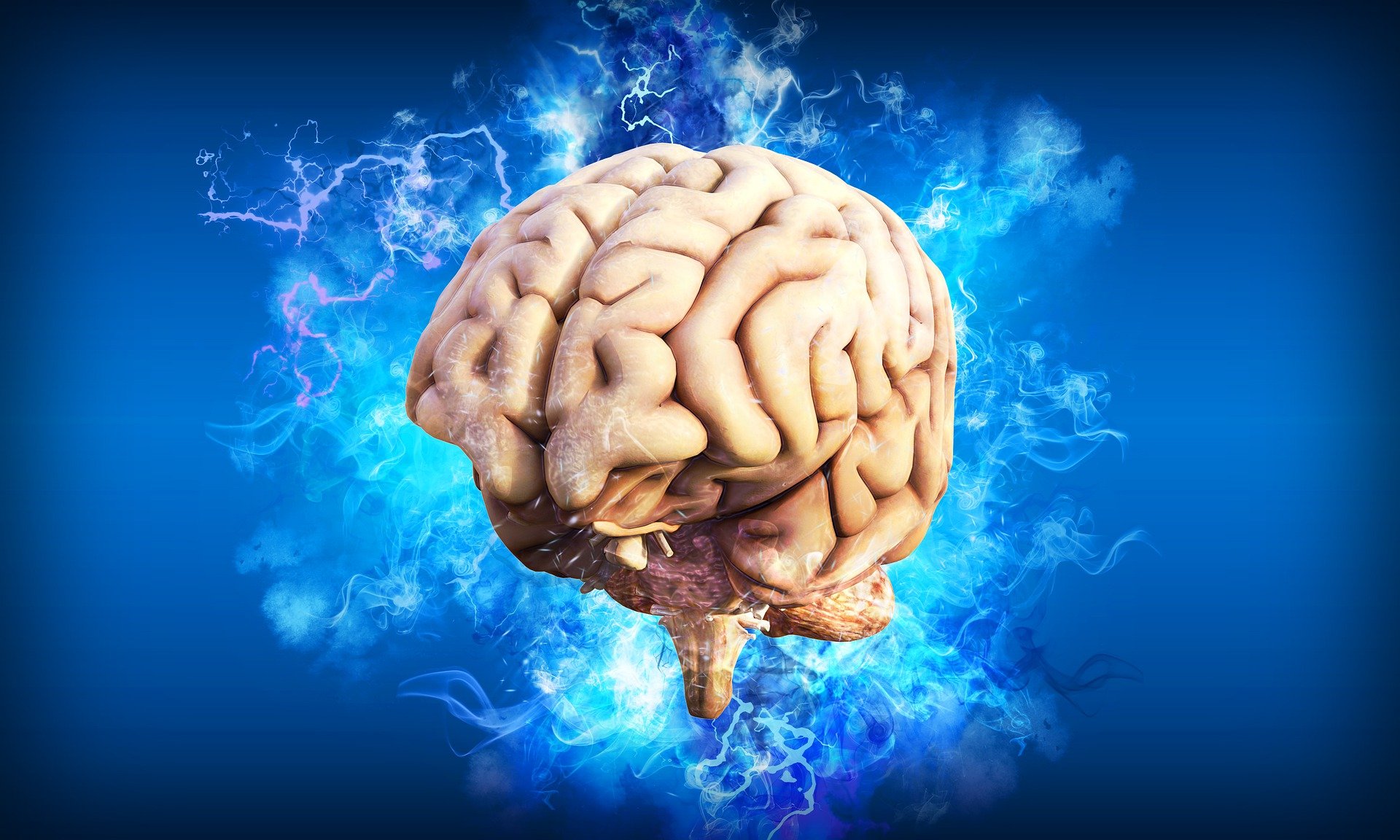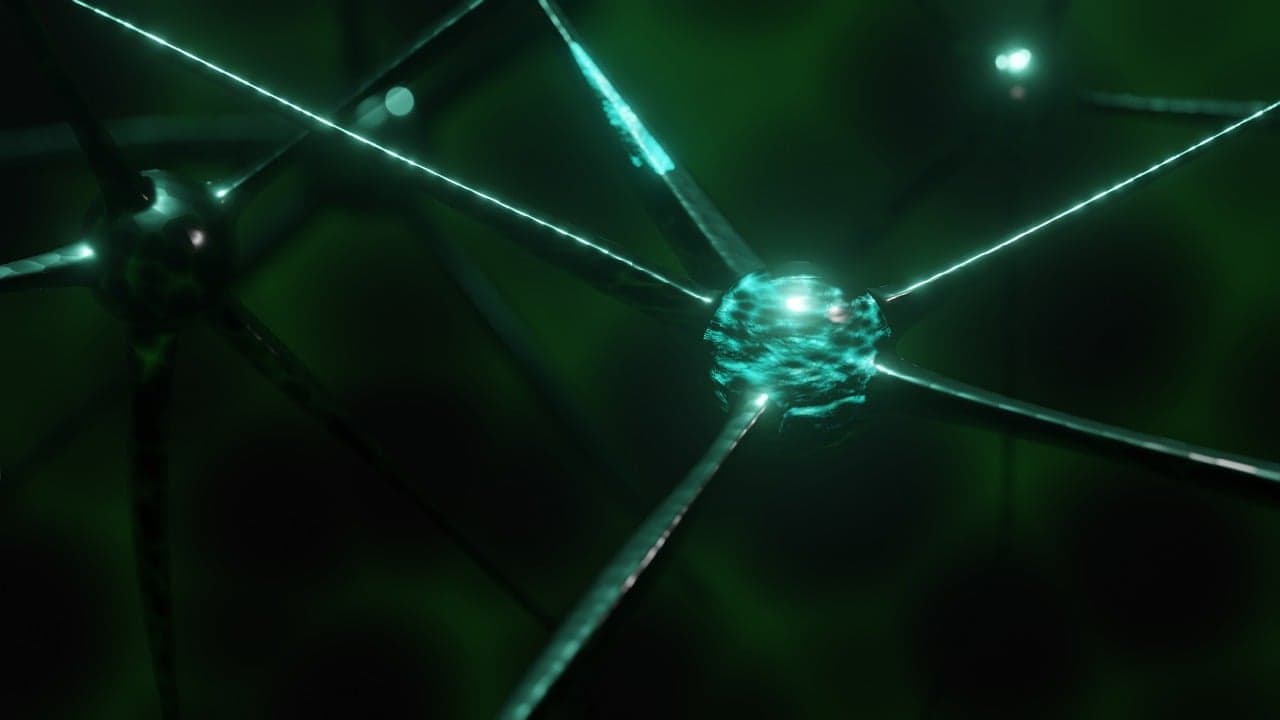
Before people encounter symptoms of brain diseases such as dementia, slight changes have usually occurred already in the brain tissue. It may be that parts of the brain are swelling up or clumps of proteins are forming. These small changes might influence how nerve cells in the brain signal each other and communicate.
Medical scientists want to study these minor changes that occur in the very early stages of a disease. That way, the intention is to learn more about the causes of the disease to provide new insights and more efficient treatments. Today, microscopic studies on the brain are performed with several methods. These methods, however, may damage the tissue or change the signals.
- A new type of sensor made from diamond can measure brain activity.
- They can do so in a non-invasive way.
Synthetic diamonds
Scientists from DTU, the University of Copenhagen, Copenhagen University Hospital, Université Sorbonne, and Leipzig University have found a way to measure the signals from brain tissue without touching or inserting needle probes into it, says DTU in a press release. They do so by measuring weak magnetic fields produced by the nerve cells when communicating. In doing so, they made use of the fact that the magnetic field travels through the tissue unchanged.
It is nothing fundamentally new to measure magnetic fields induced in the human body, but it usually requires special equipment that is bulky and needs cryogenic cooling. As such, traditional methods are not suitable for measuring small, living tissue samples, let alone tissue from the human brain.
In this project, the team of scientists is taking advantage of tiny, deliberate flaws in synthetic diamond crystals. These flaws are called colour centres. If the magnetic field increases or decreases, scientists can measure a change in the color of diamonds with quantum sensors.
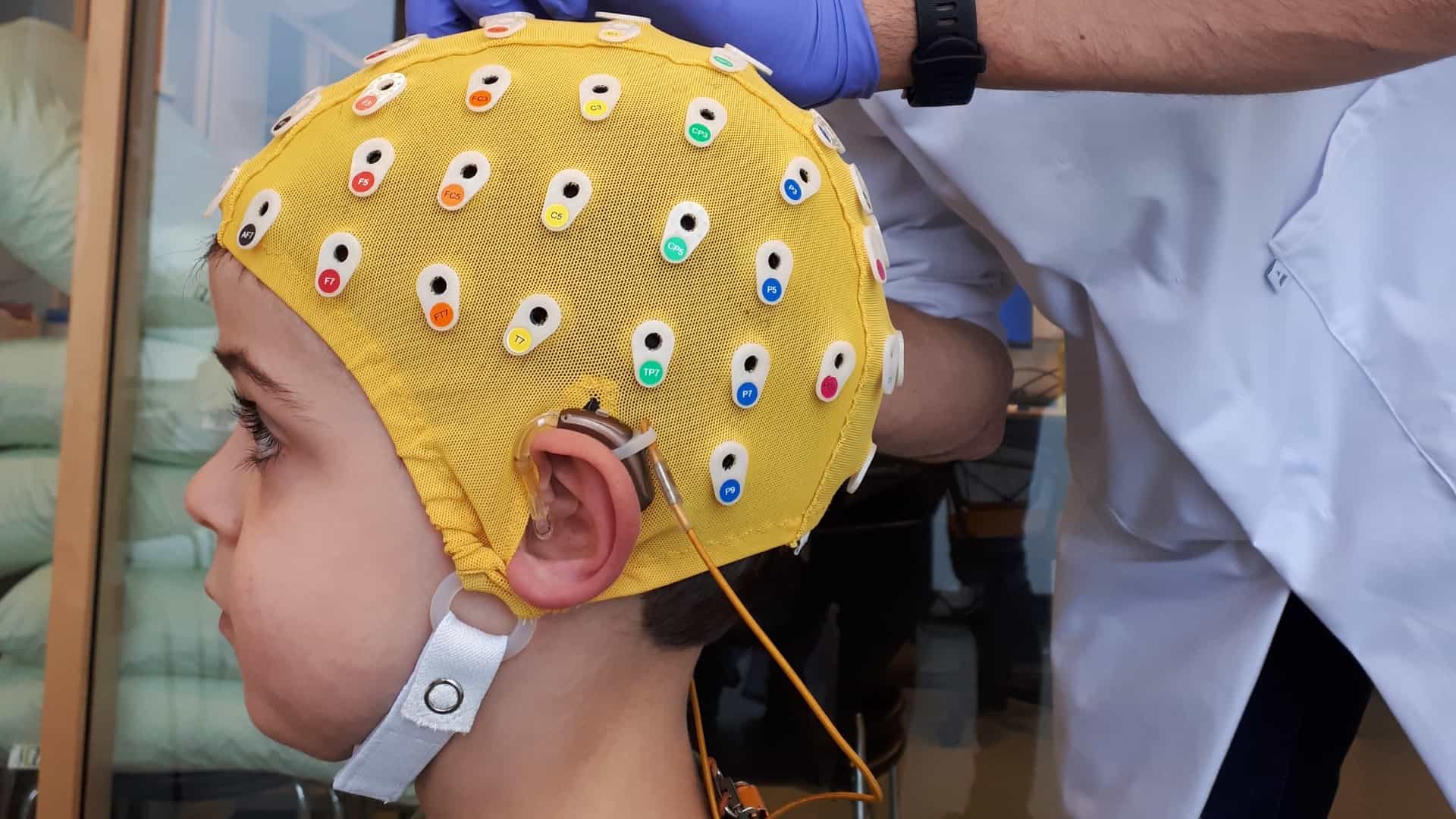
Experimental setup
The experimental setup is as following: In a centimeter scale chamber, a slice of brain tissue is placed on insulating layers of aluminium foil. The diamond is set in a hole at the bottom of the chamber, below the insulating layers. A green laser and a microwave antenna are then aimed at the colour centre of the diamond, and the light emission from the diamond is recorded. When the scientists stimulate the neurons in the tissue to fire simultaneously, they can measure changes in the brightness of light emission from the colour centres.
In their experiments, the scientists can distinguish signals from different types of nerve cells. The project is still at an early stage, but the new technique could be promosing in healthcare, after more research has been done.



